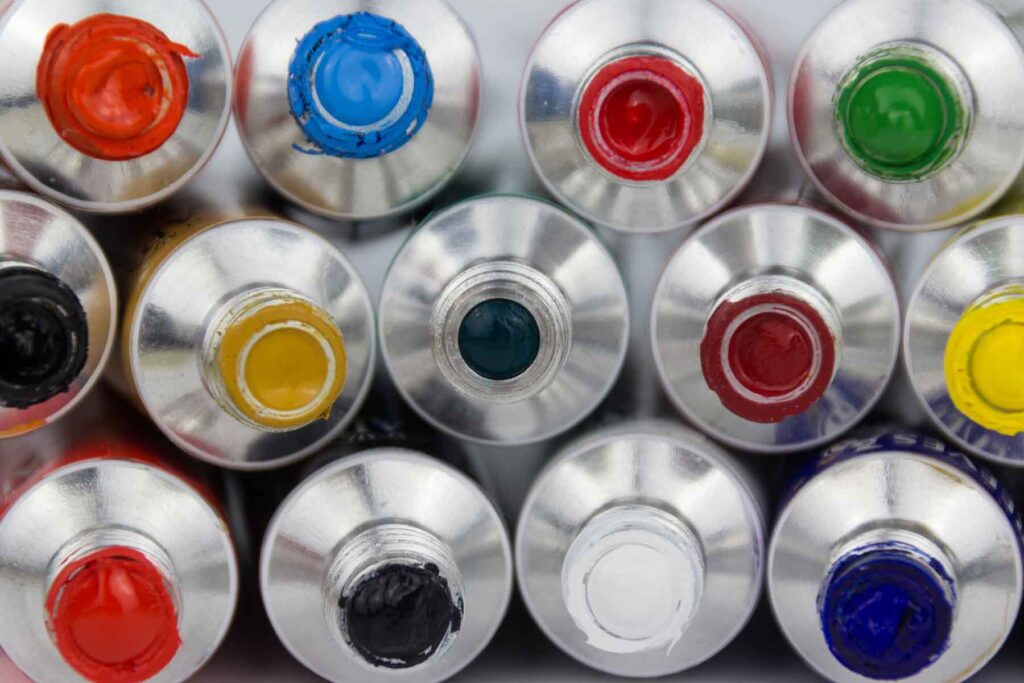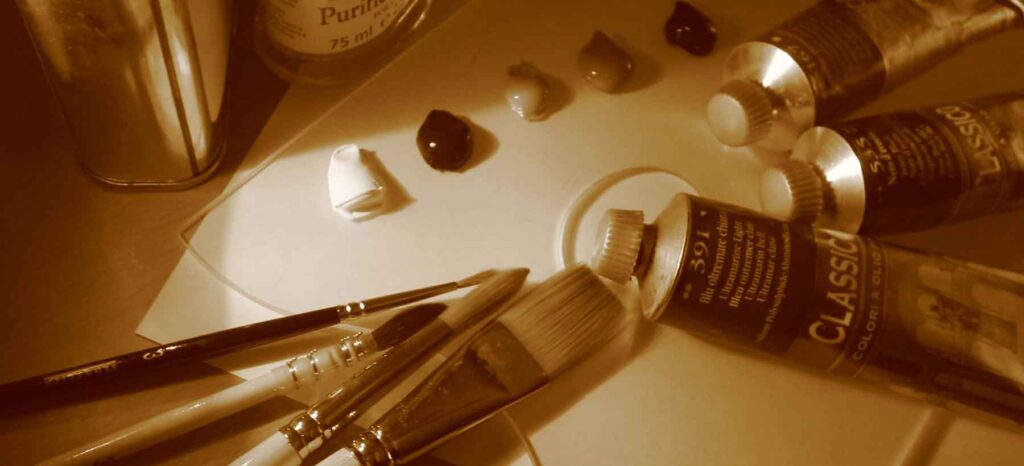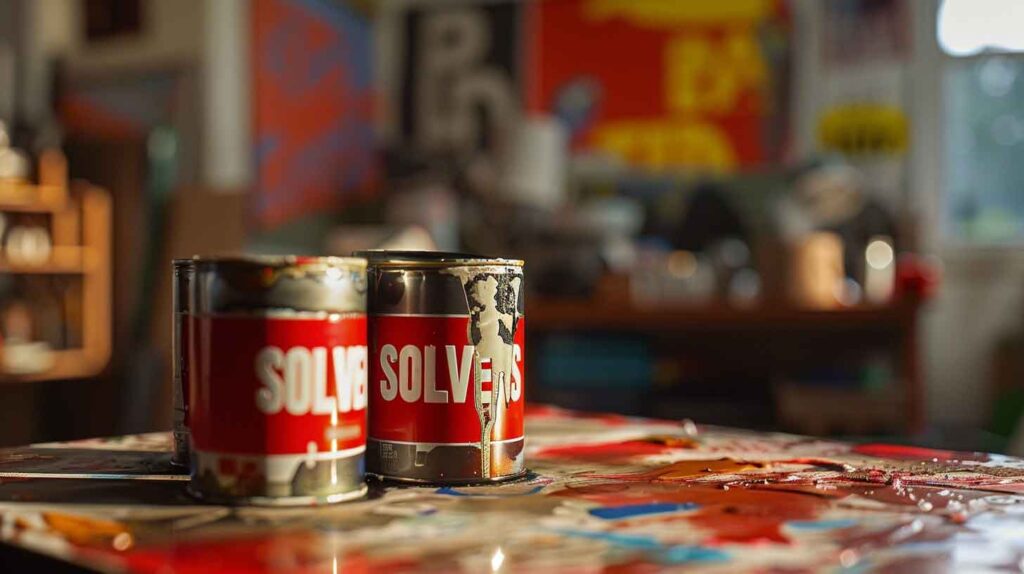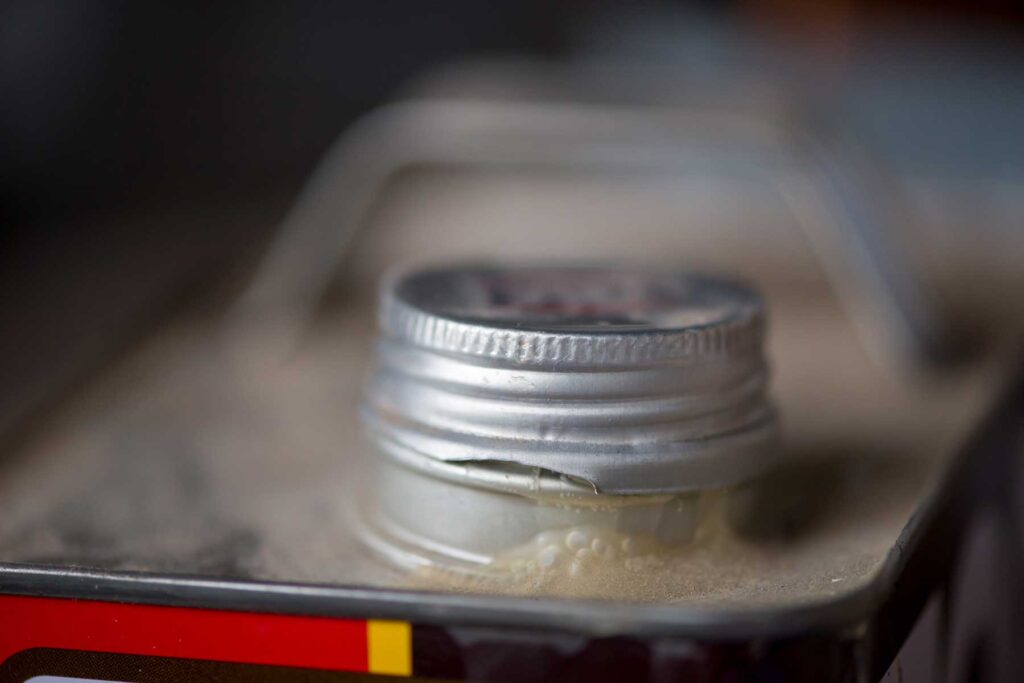
Modern Oil Paints: Understanding Additives and Their Impact on Preservation
Oil painting, a revered medium throughout art history, has undergone significant transformations, particularly in the 20th century. This evolution in the formulation of modern oil paints has led to both new artistic possibilities and fresh conservation challenges, such as increased sensitivity to water and solvents. A deeper dive into these phenomena reveals molecular insights that are crucial for contemporary artists and conservators alike.
The Molecular Dynamics of Modern Oil Paints
Recent research highlights the complex nature of modern oil paints, particularly the role of dicarboxylic acids in contributing to their sensitivity to water and solvents. Traditionally, oil paints were crafted from simple blends of pigments and linseed oil, but the demands of modern manufacturing have led to incorporating various additives to alter characteristics like texture, drying time, and color stability.
One key finding is the impact of additives such as metal soaps and free fatty acids on the water sensitivity of these paints. These components, when mixed with commercial tube paints, affect the paint’s molecular composition and its interaction with environmental factors. For example, additives can enhance certain properties and make the paint more vulnerable to moisture and other solvent exposures. This is particularly significant for conservation efforts, where understanding the composition of the paint can dictate the approach to restoration and preservation.

Table 1 lists the paint samples used in the study. The additives used are 2% aluminum stearate (AS), 2% zinc stearate (ZS), and 2% free fatty acid (FA)–heptadecanoic acid (margaric acid).
Implications of Modern Oil Paints for Artists and Conservators
For artists, this information is crucial when selecting materials, especially if longevity and durability are key considerations. Knowing that certain additives can increase water sensitivity suggests a need for careful selection of paints based on the intended use and expected environmental conditions of the artwork.
Previous studies have shown that the water sensitivity of oil paint is dependent primarily on the pigment type. In this study, the authors demonstrated that additives may also influence the composition of oil paint films and may also affect water sensitivity. Their research shows it is likely that not only pigments but also additives affect the curing process of the paint, influencing the degree of oxidation and crosslinking, which in turn contributes to the formation of water-sensitive or water-resistant paint films.
Conservators face the challenge of dealing with the unpredictable behavior of these modern materials. The findings from studies like these provide a scientific basis for restoration techniques, which can be tailored to address the specific vulnerabilities of the paint used in an artwork. For example, the choice of cleaning agents and the methods of applying them can be refined based on the molecular composition of the paint layer, thereby preventing further damage during restoration.
Conclusions About Modern Oil Paints
The study of dicarboxylic acids in oil paints not only broadens our understanding of paint chemistry but also bridges the gap between art creation and conservation. By elucidating the causes behind the water sensitivity of modern oil paints, both artists and conservators can make more informed decisions, enhancing both the creation and preservation of art. This knowledge empowers the art community to adapt and evolve with the materials, ensuring that future generations can enjoy today’s artworks.
Reference
Banti, Donatella and La Nasa, Jacopo and Tenorio, Anna Lluveras and Modugno, Francesca and Jan van den Berg, Klaas and Lee, Judith and Ormsby, Bronwyn and Burnstock, Aviva and Bonaduce, Ilaria, “A molecular study of modern oil paintings: investigating the role of dicarboxylic acids in the water sensitivity of modern oil paints”, RSC Adv., 2018, Vol 8, Issue 11, 6001–6012, The Royal Society of Chemistry, doi =10.1039/C7RA13364B https://pubs.rsc.org/en/content/articlehtml/2018/ra/c7ra13364b
Abstract
The 20th century has seen a significant evolution in artists’ paint formulation and technology, which is likely to relate to the new conservation challenges frequently presented by modern oil paintings, including unpredictable water- and solvent sensitivity. This study examined the molecular causes and mechanisms behind these types of modern oil paint vulnerability. Research performed up to now has suggested a correlation between the occurrence of water sensitivity and the presence of relatively high amounts of extractable free dicarboxylic acids. To explore this further, as well as the influence of paint formulation, a set of model paint samples produced in 2006 using commercial tube paints to which known amounts of additives were added were analyzed. The samples were tested for water sensitivity by aqueous swabbing and characterized using transmission Fourier Transform-Infra Red spectroscopy (FTIR) to determine the molecular composition of the main paint constituents, High Performance Liquid Chromatography-Mass Spectrometry (HPLC-MS) to identify the type(s) of drying oils used as binders, and Gas Chromatography-Mass Spectrometry (GC-MS) using a recently developed analytical procedure that can discriminate and quantify free fatty and dicarboxylic acids, as well as their corresponding metal soaps (carboxylates of fatty and dicarboxylic acids). The results indicated that adding small amounts of additives can influence the water sensitivity of an oil paint, as well as its molecular composition. Additionally, the nature of the ionomeric/polymeric network appears to be a significant determining factor in the development of water sensitivity.







Responses